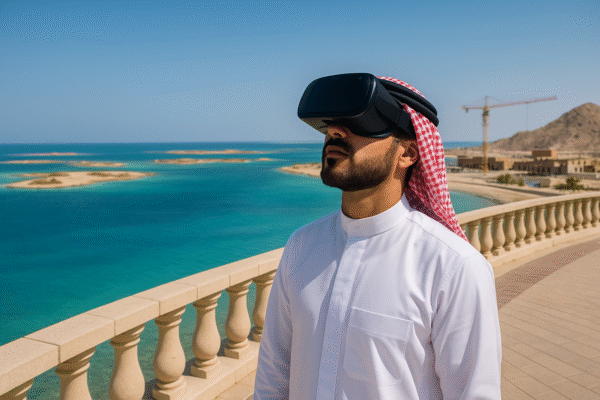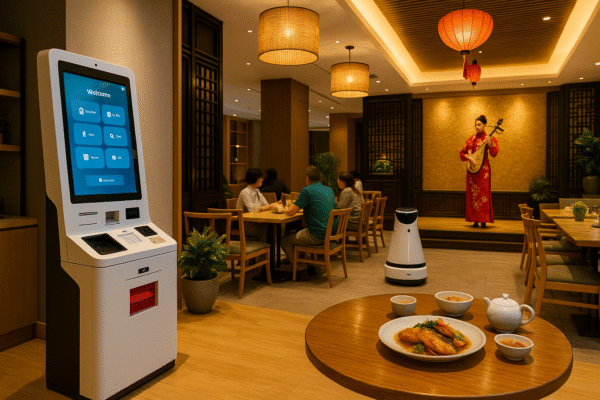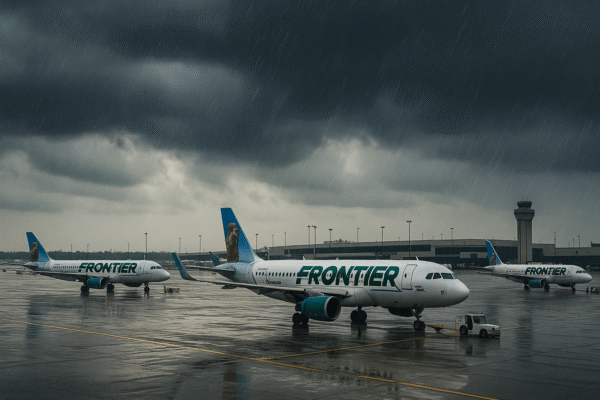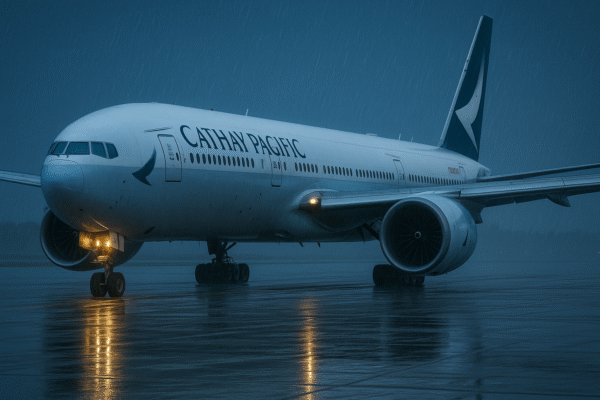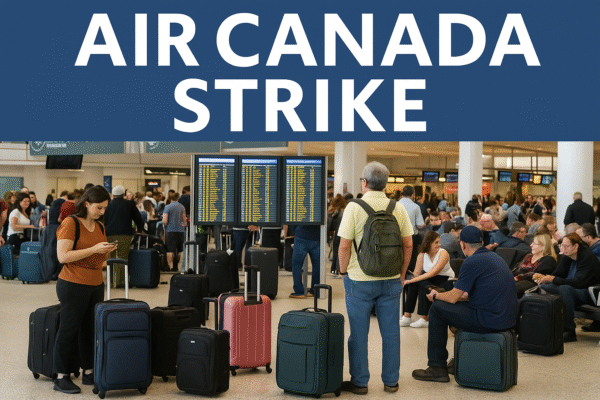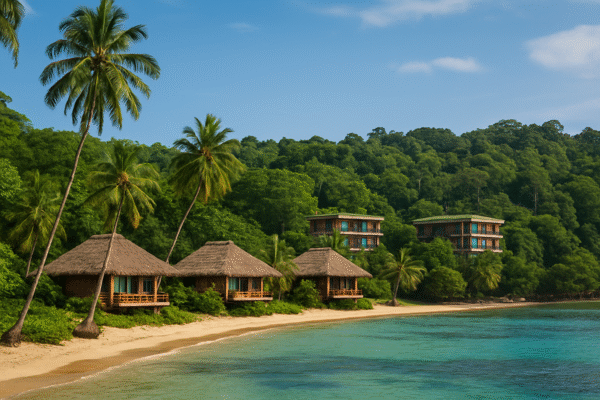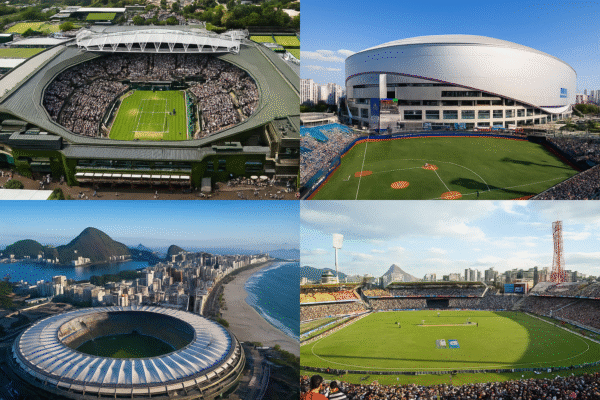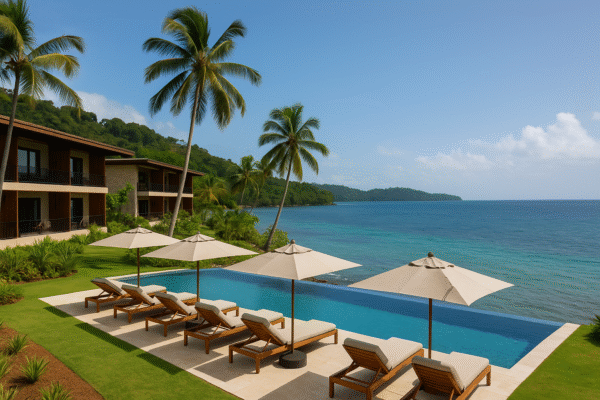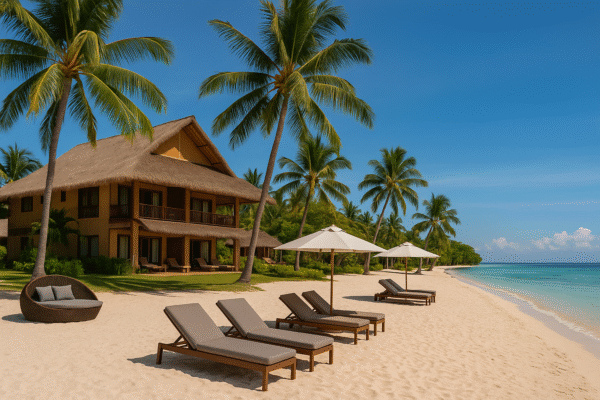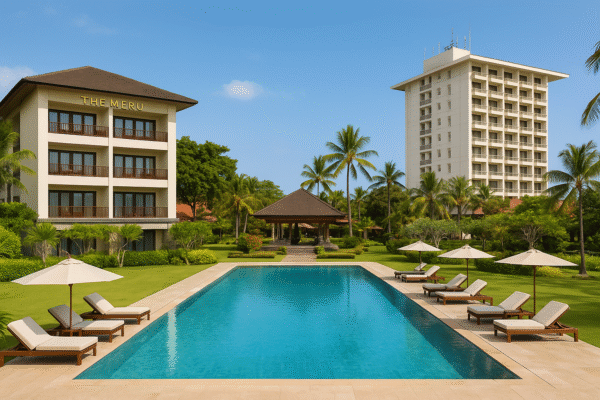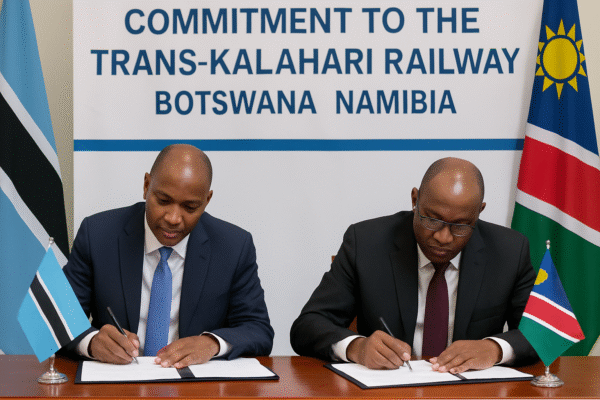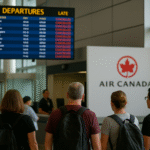Botswana and Namibia have taken a bold step to transform Southern Africa’s tourism and trade landscape by reaffirming their joint commitment to the Trans-Kalahari Railway (TKR) project. At a Ministerial Committee meeting held in Maun, Botswana on August 15, 2025, Botswana’s Minister of Transport and Infrastructure, Noah Salakae, and Namibia’s Minister of Works and Transport, Veikko Nekundi, signed a new agreement to accelerate the project’s implementation.
This ambitious railway line is set to become more than just an infrastructure project—it is envisioned as a tourism and economic corridor that will connect Botswana and Namibia with global markets while creating new opportunities for sustainable growth.
Transforming Southern Africa’s Connectivity
The Trans-Kalahari Railway is a strategic extension of the Trans-Kalahari Corridor, which already links South Africa, Botswana, and Namibia by road. Once completed, the railway will provide a seamless transport system, integrating road, rail, and border infrastructure into a multi-modal hub.
This will:
- Boost tourism mobility between Namibia’s Atlantic coastline and Botswana’s wildlife-rich regions.
- Facilitate trade by reducing transport costs and delivery times.
- Create jobs across construction, logistics, tourism, and service industries.
- Promote regional integration under the African Continental Free Trade Area (AfCFTA) framework.
By easing cross-border movement, the TKR will help position Southern Africa as one of the world’s most connected emerging markets.
A Tourism Gateway: Linking Desert and Delta
For the tourism sector, the railway will be transformative. Namibia’s Namib Desert, Skeleton Coast, and Etosha National Park attract global travelers seeking dramatic landscapes, while Botswana’s Okavango Delta, Chobe National Park, and Kalahari reserves remain top safari destinations.
Currently, many tourists rely on expensive air transfers or long road trips. With the TKR, visitors will enjoy a faster, eco-friendly, and scenic rail journey linking these destinations. Luxury train tourism—similar to South Africa’s Blue Train—could flourish, offering travelers immersive experiences across deserts, savannahs, and wildlife areas.
This rail tourism model would not only extend visitor stays but also diversify travel routes, opening up new cultural exchange opportunities for communities along the corridor.
Driving Economic Diversification
Minister Nekundi emphasized that the TKR is more than a transport link—it is a catalyst for economic diversification. Both Botswana and Namibia are heavily reliant on natural resource exports such as diamonds and minerals. The railway offers a chance to expand into:
- Energy: Transporting renewable energy equipment and exports from solar and wind farms.
- Agriculture: Expanding access to regional and international markets for farmers.
- Education & Skills Development: Creating opportunities for training in engineering, logistics, and eco-tourism.
As Minister Nekundi highlighted, “The TKR promises more than just a railway line. It’s about jobs, skills, and inclusive growth.”
Sustainability at the Heart of Development
Both governments have stressed that the Trans-Kalahari Railway must align with global sustainability standards. Environmental assessments and eco-friendly construction practices are planned to protect fragile ecosystems such as the Kalahari Desert and Okavango wetlands.
Key sustainability measures include:
- Renewable energy-powered stations and locomotives.
- Integrated land-use planning to prevent urban sprawl.
- Wildlife crossings and biodiversity protection corridors.
This ensures that the railway not only drives growth but also safeguards Southern Africa’s natural heritage—a vital factor for tourism.
Strengthening Africa’s Trade Competitiveness
The railway is also aligned with the African Union’s Agenda 2063 and the AfCFTA, which aim to create a unified continental market. By linking Namibia’s Walvis Bay Port to Botswana’s interior and onward to South Africa, the TKR provides a cost-effective logistics platform for:
- Mining exports (copper, diamonds, coal).
- Agricultural produce (beef, grains, horticulture).
- Manufactured goods (cement, textiles, consumer products).
This infrastructure backbone will enhance Southern Africa’s ability to compete globally, attract investors, and reduce dependency on single trade routes.
Regional Cooperation for Shared Prosperity
The TKR is more than a transport project—it represents a new model of regional cooperation. Botswana and Namibia are demonstrating how joint infrastructure can unlock prosperity, tourism growth, and cultural exchange.
Communities along the railway route are expected to benefit through:
- Job creation during construction and operations.
- Tourism opportunities with rail-linked cultural villages and safari routes.
- Improved mobility for students, workers, and small businesses.
This integration strengthens not only the economies of Botswana and Namibia but also contributes to a unified Southern Africa, where shared infrastructure supports shared prosperity.
Conclusion: A Tourism and Trade Corridor for the Future
The Trans-Kalahari Railway is set to redefine Southern Africa’s connectivity. By merging tourism, trade, and sustainable development, it promises to deliver benefits for generations to come. From the Okavango Delta to Walvis Bay, the railway will create an artery of opportunity, linking communities, wildlife destinations, and markets in a way that enhances regional and global integration.
For Botswana and Namibia, this project is not just about building a railway—it is about building the future of Southern Africa.
For more travel news like this, keep reading Global Travel Wire

